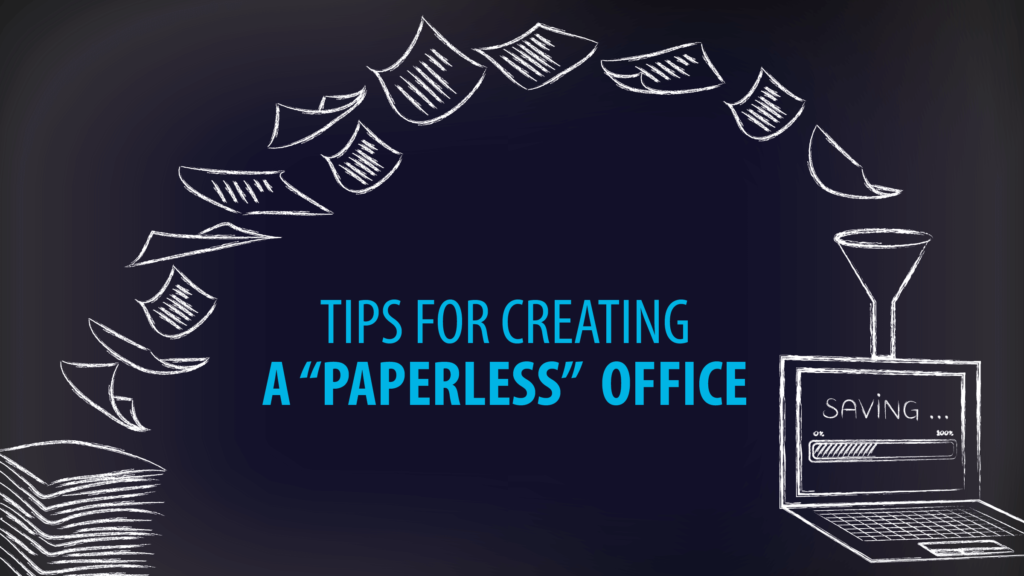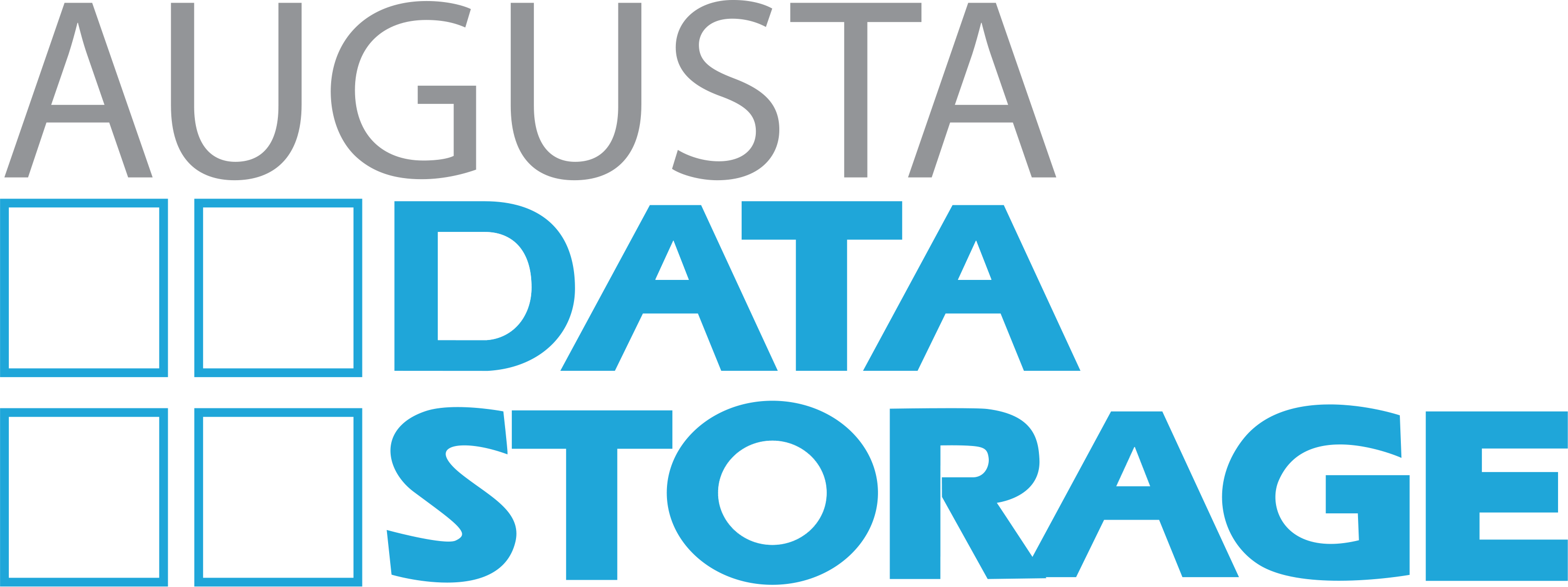6 Tips for a “Paperless Office” in 2020

The concept of a “paperless office” is not a new one, and while the idea of operating with virtually no paper-waste in your workplace is ideal, even in today’s digital world it’s a tall order. Eliminating ALL paper might be a pipe dream, but we have a few tips to help you achieve a paper-less (ie. less paper) office in 2020.
Plan for Digital Conversion
If your business is heavily reliant on paper, planning to convert to digital information management can seem daunting. Plan ahead, know what needs to be converted and consider things like
- Prioritizing document conversion based on the order of importance or regularity of use
- Creating a digital filing and archiving system before you start file conversion so that you can implement it immediately
- Find a trusted vendor like Augusta Data Storage to help you manage and expedite the scanning and imaging process.
Plan for Secure Storage and Destruction
Once your files are converted, it’s important to have a plan in place for how you will handle the hardcopy records. Depending on your internal processes and industry-specific requirements, you will either want to make arrangements to store the paper records as archives until they meet the requirements of your retention schedules, or make plans to securely destroy them.
Augusta Data Storage offers comprehensive records management solutions that pair our off-site storage solutions with digital management of your retention schedules and in-house purge shredding options.
Know the Costs Associated with a “Paperless Office”
When you’re making any major change in your business operations, it’s important to weigh the various costs. These costs don’t just include the initial file conversion, but also the additional costs incurred over the longterm. Here are a few things to consider
- Cost of the initial file conversion project
- Cost of secure bulk-destruction
- Cost of on-site or off-site storage of hardcopy records
- Cost of digital storage (cloud-based or other)
- Cost of redundant or layered information back-up solutions
- Consider the costs associated with information breaches
- Cost of training and updating operational procedures to include digital information management best practices
Know the Risks
Any time you are looking to make a change to the way your business operates, it’s important to know the risk factors. As we venture further into the information age, the risk factors for mismanaged digital information continue to evolve. Be sure to stay on top of industry trends, growing risk factors, and best practices for combating those risks.
Be Realistic
If you are serious about creating a paperless office it’s important to be realistic about the full scope of the project. Converting to digital information management is a long process with various parts and pieces to be planned and implemented. Give yourself plenty of time to do the planning and prep work to ensure that mistakes and roadblocks are minimized.
While paperless offices can be more efficient once they are in place, it’s important to make sure that the establishment of your internal systems is done correctly. It’s much easier to do it right from the start than to stop and rework your systems each time a problem arises.
Create a “Green” Office Plan
Despite your best efforts, you can never truly eliminate paper from your office. However, if “green” business practices are a top priority for your business in 2020, focusing on creating less paper by managing as much information and communication in digital format as possible, is a great start!
When you do create paper waste, having a local partner like Augusta Data Storage to help you handle the secure destruction and recycling of your paper waste is another great way to ensure that your footprint is a little smaller in the new year!
If you are interested in learning more about any of our records management services or how we can partner with you as you work to move into a digital information management system in the new year, we’d love to connect.
